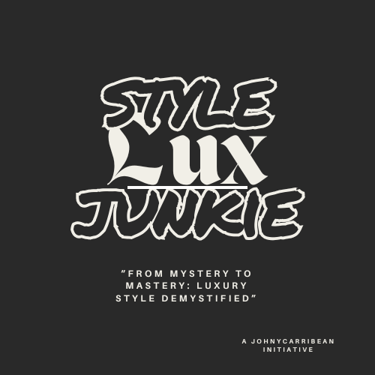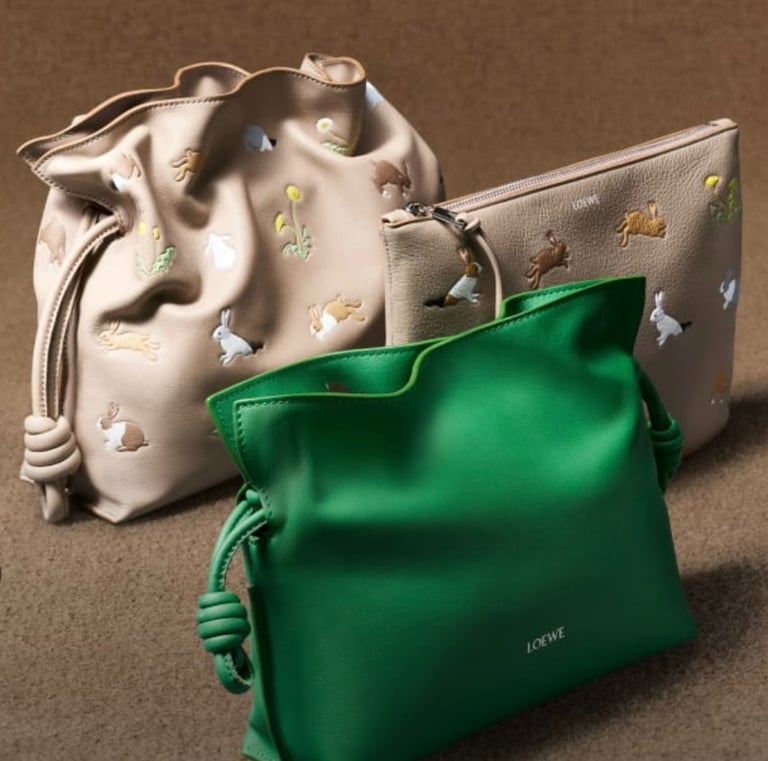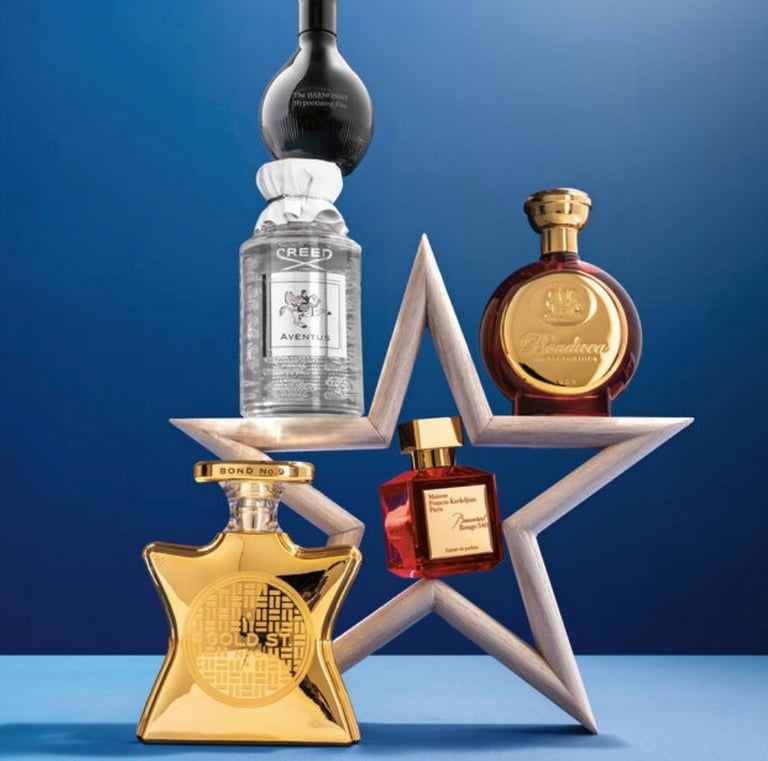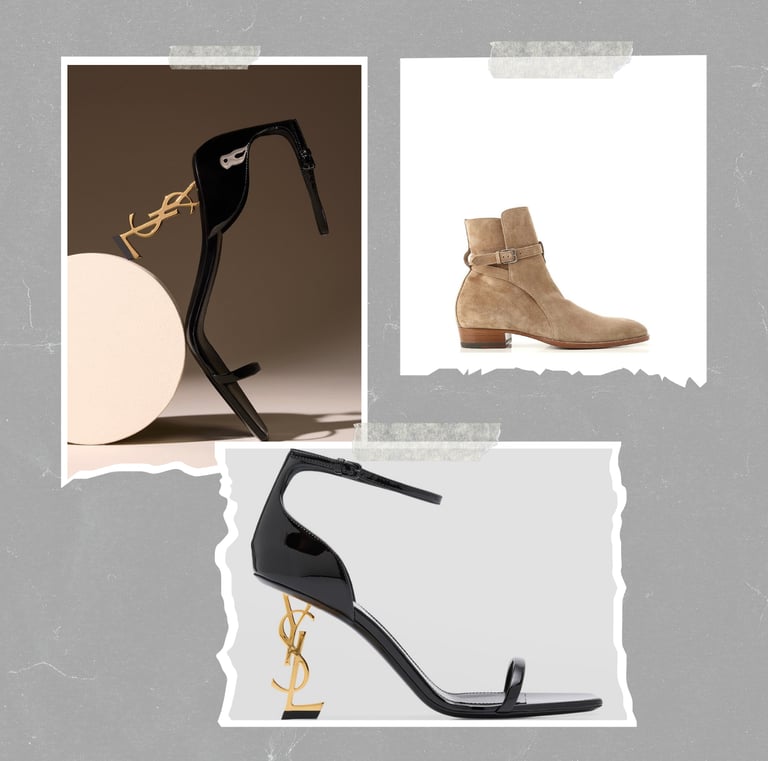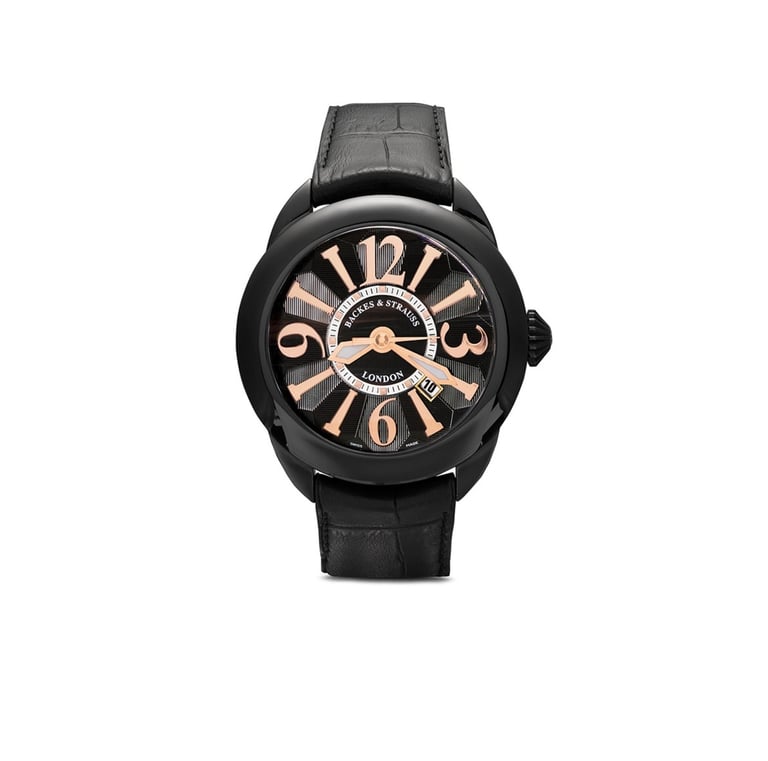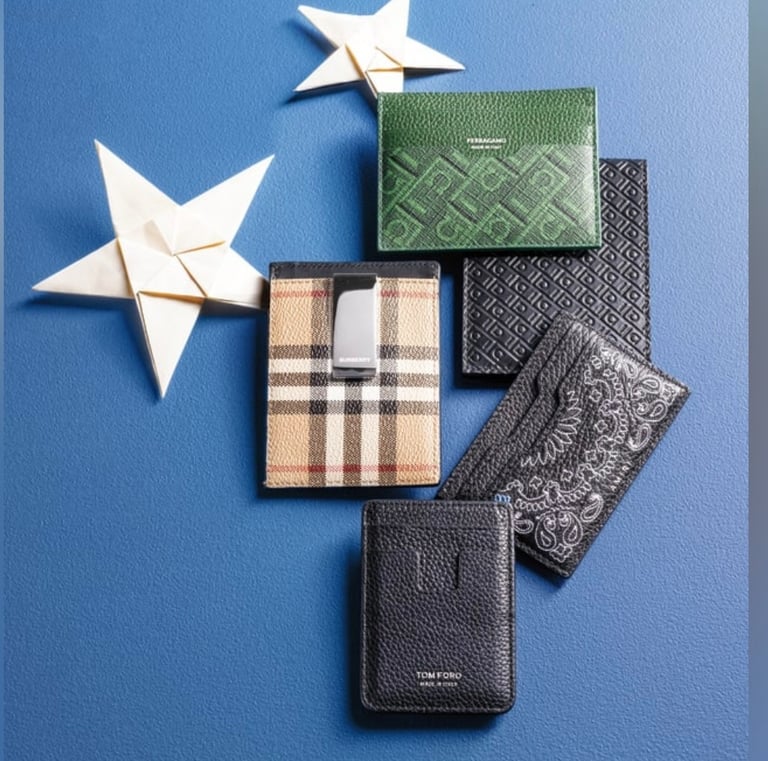The Ugly Truth About Luxury Fashion
What if I told you that the luxury handbag you proudly carry or the designer suit you wear with confidence might be contributing to environmental destruction, unethical labor practices, and massive carbon footprints? Would that change the way you see high-end fashion?
LUXURY MADE SIMPLE: EXPERT HOW-TO-GUIDES AND WARDROBE BUILDING TIPS
2/27/2025
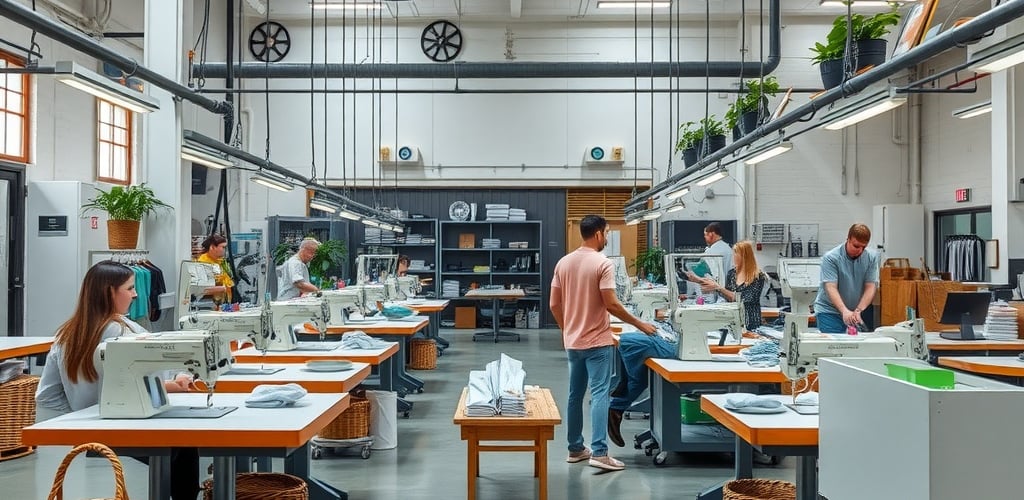

The Ultimate Guide to Sustainable Luxury Fashion: Brands and Practices Leading the Way
What if I told you that the luxury handbag you proudly carry or the designer suit you wear with confidence might be contributing to environmental destruction, unethical labor practices, and massive carbon footprints? Would that change the way you see high-end fashion?
For decades, the luxury fashion industry has been synonymous with opulence, exclusivity, and timeless style. But behind the allure of high-end craftsmanship and prestige lies a darker reality—wasteful production, harmful chemicals, and exploitative labor practices that have left an indelible mark on our planet. The luxury of today must evolve, and that’s where sustainable fashion steps in.
This guide will take you on a journey through the world of sustainable luxury fashion, highlighting trailblazing brands, innovative practices, and practical tips to help you make informed, stylish, and eco-conscious choices. By the time you finish reading, you’ll be equipped with everything you need to embrace sustainability without compromising luxury.
What is Sustainable Luxury Fashion and Why Does It Matter?
Sustainable luxury fashion refers to the ethical production, sourcing, and distribution of high-end clothing, accessories, and footwear with minimal environmental impact. Unlike fast fashion, which prioritises mass production at the cost of sustainability, luxury fashion has the potential to lead the charge in creating a responsible and eco-friendly future.
The Importance of Sustainable Luxury Fashion
Reducing Waste – The fashion industry generates over 92 million tons of textile waste annually, with high-end brands often discarding unsold inventory. Sustainable luxury aims to change this by embracing circular fashion, upcycling, and recycling initiatives.
Lowering Carbon Footprint – The industry is responsible for 10% of global carbon emissions. Many luxury brands are now adopting carbon-neutral production processes to combat this crisis.
Ethical Labor Practices – From fair wages to safe working conditions, sustainable luxury prioritises human rights and ethical sourcing.
Conserving Natural Resources – Traditional luxury production often involves excessive water use, chemical treatments, and deforestation. Eco-conscious brands are now opting for organic, regenerative, and cruelty-free materials.
Luxury Brands Leading the Sustainability Movement
Many luxury houses have begun to redefine their legacy, incorporating sustainability into their DNA. Below are some trailblazing brands making waves in the industry:
1. Stella McCartney – The OG of Sustainable Luxury
Stella McCartney has been pioneering eco-friendly luxury since 2001, proving that sustainability and high fashion can coexist.
The brand uses vegan leather, organic cotton, and plant-based textiles.
Partnering with Parley for the Oceans, they’ve launched collections made from ocean plastic.
2. Gucci – Going Carbon Neutral
Gucci has committed to becoming entirely carbon neutral, offsetting emissions through reforestation and renewable energy investments.
They launched Gucci Off The Grid, a collection using recycled materials, regenerated nylon, and responsibly sourced leather.
Equilibrium Initiative ensures full transparency in their sustainability journey.
3. Hermès – Reinventing Leather with Mycelium
Hermès, traditionally known for exotic leather, has now developed Sylvania, a mushroom-based alternative to traditional leather.
They’ve invested heavily in circular fashion, ensuring minimal waste through repair, resale, and recycling programs.
4. Prada – From Nylon to Re-Nylon
Prada has replaced its traditional nylon with Re-Nylon, a fabric made entirely from recycled ocean plastics and fishing nets.
Their goal? To completely phase out virgin nylon by 2025.
5. Chloé – Certified B Corp Status
In 2021, Chloé became the first luxury house to receive B Corp Certification, signifying the highest ethical and sustainability standards.
They prioritise fair wages, ethical material sourcing, and reducing environmental impact.
6. Loro Piana – Sustainable Cashmere Initiative
Known for its high-quality wool and cashmere, Loro Piana ensures ethical sourcing through its Sustainable Cashmere Project.
They partner with local herders to maintain animal welfare and biodiversity in cashmere farming.
7. Burberry – Water and Energy Conservation
Burberry has pledged to become climate positive by 2040, implementing water recycling and renewable energy sources in its supply chain.
Their ReBurberry Edit features eco-friendly versions of classic trench coats made from recycled materials.
Circular fashion is all about reducing waste and reusing materials, making it super friendly for the planet. Brands are getting creative by offering take-back programs and upcycling old pieces into new styles. This way, you can enjoy fashion while knowing you're making a positive impact.
How You Can Make Sustainable Fashion Choices
You don’t have to be a billionaire to make sustainable luxury choices. Here’s how you can integrate ethical fashion into your wardrobe:
1. Buy Less, Choose Wisely
Invest in timeless pieces that transcend seasonal trends.
Prioritise quality over quantity, opting for craftsmanship and longevity.
2. Opt for Pre-Loved Luxury
Platforms like The RealReal, Vestiaire Collective, 1st Dibs, and Rebag offer authenticated second-hand designer goods.
Buying second-hand reduces demand for new production and extends product life cycles.
3. Support Brands Committed to Sustainability
Look for brands with sustainability certifications, such as GOTS (Global Organic Textile Standard), OEKO-TEX, and B Corp.
Follow their sustainability reports and check for transparency in sourcing and production.
4. Choose Ethical Fabrics
Opt for organic cotton, recycled polyester, plant-based leathers, and regenerative wool.
Avoid materials like PVC-based vegan leather, which is harmful to the environment.
5. Repair, Reuse, and Recycle
Take advantage of brand repair programs (e.g., Hermès and Chanel offer lifetime repair services).
Donate or resell items instead of discarding them.
6. Educate Yourself and Spread Awareness
Follow sustainability blogs, documentaries, and brands actively advocating for ethical fashion.
Encourage conversations about responsible consumerism among peers and family.
Final Thoughts: Join the Movement
The luxury industry has long dictated fashion trends, and now, it’s time for it to lead the way in sustainability. As a conscious consumer, you hold immense power. The choices you make today will shape the future of fashion tomorrow.
Are you ready to make the switch to sustainable luxury? Subscribe to our exclusive membership for insider insights, sustainability trend reports, and exclusive offers from eco-conscious luxury brands.
Luxury isn’t just about status anymore—it’s about making a statement. Choose wisely. Choose sustainability.
This article was created with excerpts from the E-book titled "THE ART OF LUXURY: How to Curate a High-End Wardrobe on a Budget" Click here to read.



